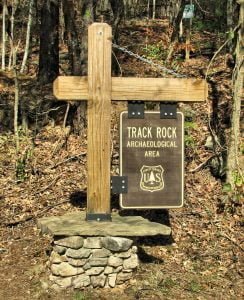Washington Road Builders and Early Settlers, Olympia to the Sound, 1853
Builders George Shazer B. F. Yantis William Packwood B. F. Shaw John Alexander B. Close A. W. Moore E. Sylvester James Hurd W. W. Plumb The men who worked upon the eastern end of the road were: Whitfield Kirtley Edwin Marsh Nelson Sargent Paul Ruddell Edward Miller J. W. Fouts John L. Perkins Isaac N. Brown James Alverson Nathaniel G. Stewart William Carpenter E. L. Allen A. C. Burge Thomas Dixon Ephraim Allyn James H. George Githers John Walker John H. Mills R. S. More R. Forman Ed. Crofts James Boise Robert Patterson Edward Miller Edward Wallace Lewis Wallace James … Read more

